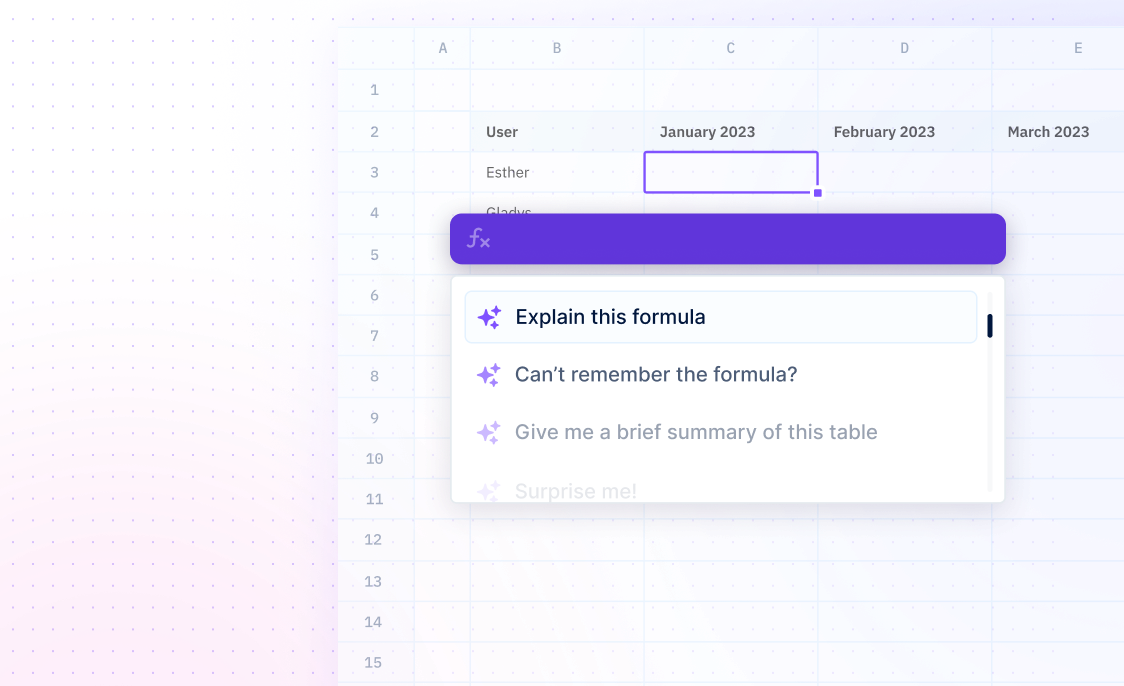
LAMBDA
Formulas / LAMBDACreate custom functions for use throughout a workbook.
==LAMBDA(parameter1, parameter2, ..., calculation)
- Parameter - a value that is passed to the function
- Calculation - [REQUIRED for the ASINH function] the formula to be executed and returned as the result of the function
Examples
4/3*PI()*A1^3. This expression will return the volume of the sphere.
This example uses a basic lambda expression to multiply two values together. The expression is written as =x*y and will return the product of the two values.
This example uses cell references to make a lambda expression. The expression is written as =B5*C5. This expression will return the product of the two values in cells B5 and C5.
This example uses the lambda syntax to test the syntax of a lambda expression. The expression is written as =LAMBDA(x,y,x*y)(B5,C5). This expression will return the product of the two values in cells B5 and C5.
This example uses a generic lambda expression to multiply two values. The expression is written as =LAMBDA(x,y,x*y)(B5,C5). This expression will return the product of the two values in cells B5 and C5.
This example uses the XBYY function to multiply two values in cells B5 and C5. The expression is written as =XBYY(B5,C5). This expression will return the product of the two values in cells B5 and C5.
This example uses a lambda expression to calculate the volume of a sphere. The expression is written as =
Summary
LAMBDA functions are custom functions created with a friendly name that can be used to eliminate the need to copy and paste formulas. They are useful tools for non-programmers to perform commonly used formulas.
- The LAMBDA function allows users to create custom functions that can be used in any cell in a workbook.
- The ISOMITTED function can be used to create optional arguments in a LAMBDA function.
Frequently Asked Questions
What is a LAMBDA function?
Who can create a LAMBDA function?
What can a LAMBDA function do?
What are the benefits of using a LAMBDA function?
- Easy to set up and use
- No programming experience required
- Can be used to quickly create custom functions
- Runs code in response to events
- Automatically manages computing resources


